what kind of pine is this
olreader
10 years ago
Related Stories
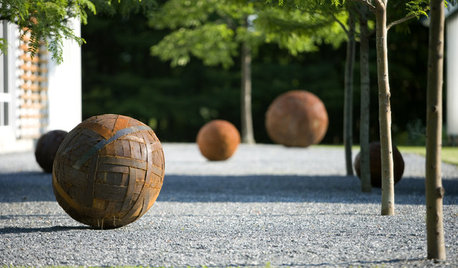
LANDSCAPE DESIGNWhat Kind of Gardener Are You? Find Your Archetype
Pick from our descriptions to create a garden that matches your personality and tells your story
Full Story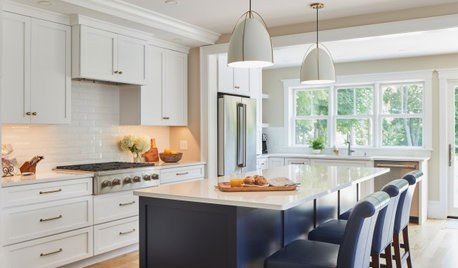
KITCHEN DESIGNPopular Cabinet Door Styles for Kitchens of All Kinds
Let our mini guide help you choose the right kitchen door style
Full Story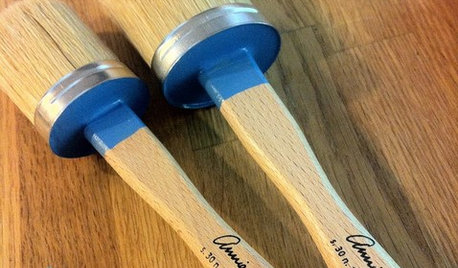
PRODUCT PICKSGuest Picks: Handy Finds for Painting Projects of All Kinds
Make over rooms and furniture more easily and with better results with the right paint and gear
Full Story
FARM YOUR YARDHouzz Call: Show Us Your One-of-a-Kind Chicken Coops
Do you have a fun or stylish backyard shelter for your feathered friends? Post your pictures and stories in the Comments!
Full Story
PETSWorld of Design: Pampered Pets and Their 10 One-of-a-Kind Homes
Fall in love with these critters and their clever living spaces, from a cat playground in France to a chicken house in the U.S.
Full Story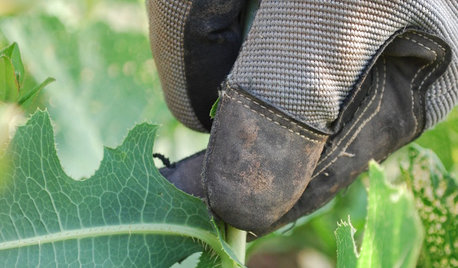
LIFEPortrait of a Terribly Good Neighbor
Sometimes the best kind of neighbor isn't the kind you'd expect
Full Story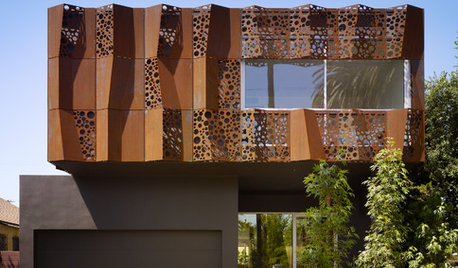
CONTEMPORARY HOMESHouzz Tour: Dappled Light Inspires Artistic Wrapping
Cor-Ten cut with circles mimics the effect of a massive pine tree’s canopy, for a striking look inside and out
Full Story
REMODELING GUIDESYour Floor: An Introduction to Solid-Plank Wood Floors
Get the Pros and Cons of Oak, Ash, Pine, Maple and Solid Bamboo
Full Story
WOODKnotty and Nice: Highly Textured Wood Has a Modern Revival
Whether it's cedar, fir or pine, if a wood has a knot, it's hot
Full Story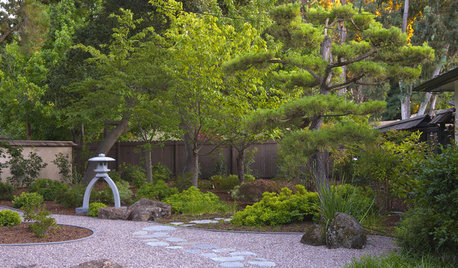
GARDENING GUIDESGreat Design Plant: Pinus Thunbergii ‘Thunderhead’
Thunderhead pine adds year-round strength and structure to the garden
Full StoryMore Discussions






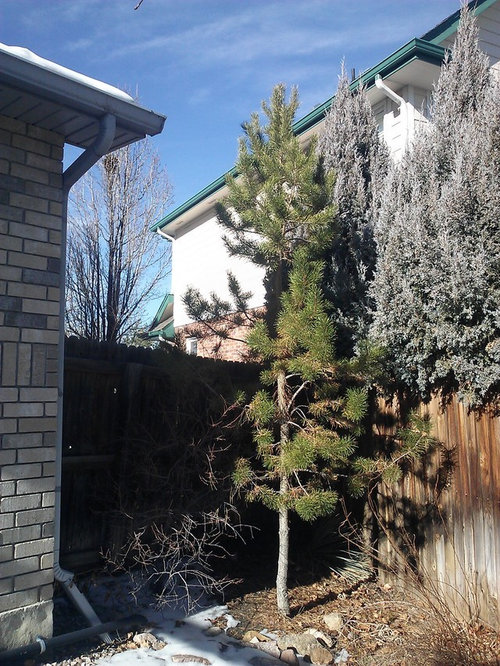





olreaderOriginal Author
olreaderOriginal Author
Related Professionals
Lowell Landscape Architects & Landscape Designers · Tempe Landscape Contractors · Surprise Landscape Contractors · Brookside Landscape Contractors · Bristol Landscape Contractors · Canyon Lake Landscape Contractors · Framingham Landscape Contractors · Harvey Landscape Contractors · La Mirada Landscape Contractors · Lady Lake Landscape Contractors · Lake Zurich Landscape Contractors · Oviedo Landscape Contractors · Rockwall Landscape Contractors · Vancouver Landscape Contractors · Markham Landscape Contractorsjarpe
ken_adrian Adrian MI cold Z5
Embothrium
pineresin
olreaderOriginal Author
olreaderOriginal Author
Embothrium
jarpe
ken_adrian Adrian MI cold Z5
sluice
sluice
pineresin
Embothrium
coniferjoy
sluice
jarpe